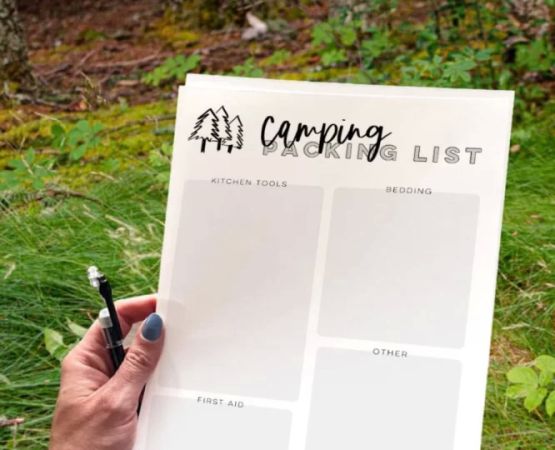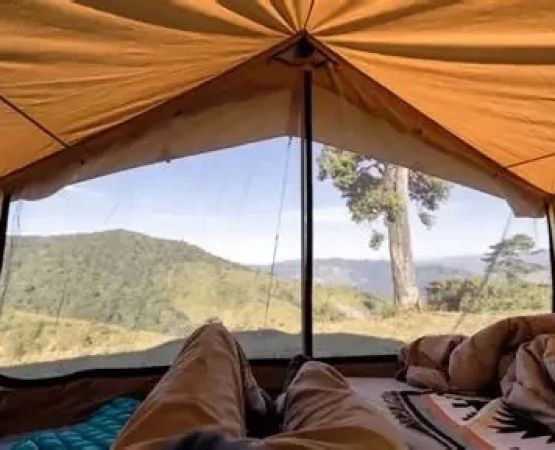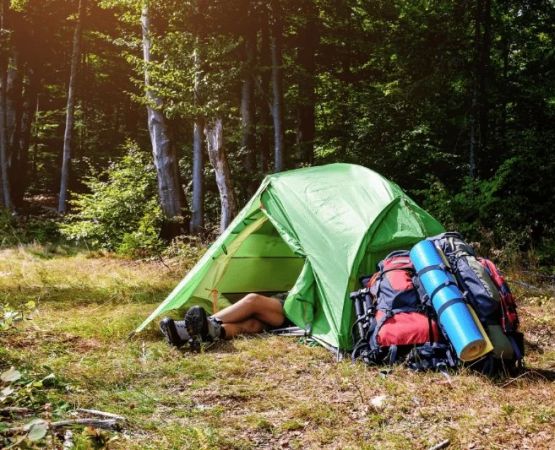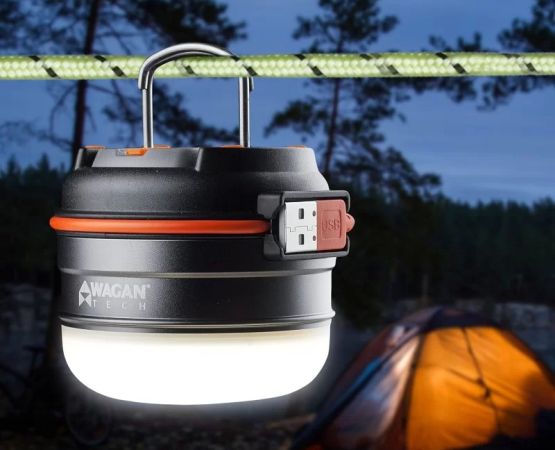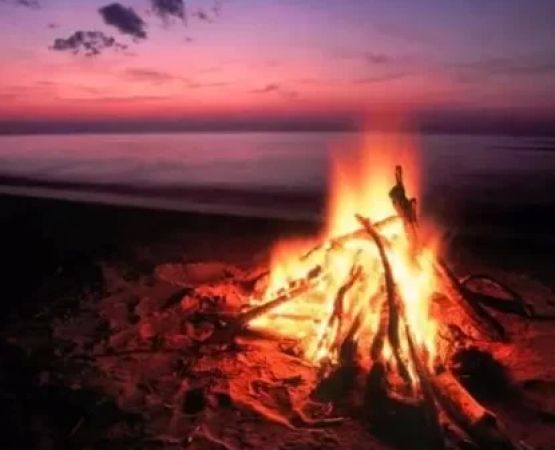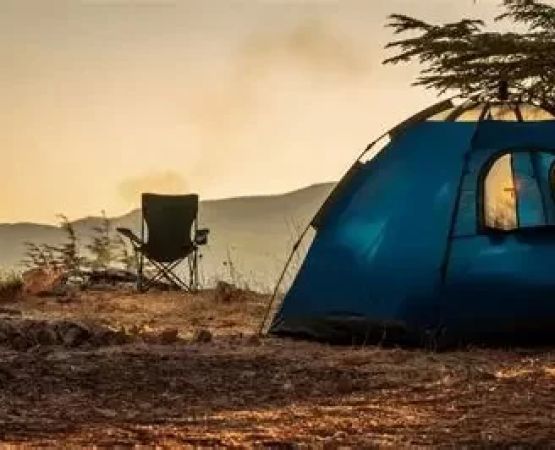How to Avoid Getting Cold While Camping in the Winter: Essential Tips for Staying Warm
- 1. Why Winter Camping Requires Special Preparation
- 2. Dressing for Winter Camping: Layering and Fabric Choices
- 3. Choosing the Right Winter Camping Gear
- 4. Campsite Selection and Setup Tips for Warmth
- 5. Real-Life Camping Experiences and Tips for Staying Warm
1. Why Winter Camping Requires Special Preparation
Winter camping presents a unique set of challenges, primarily the cold temperatures that can quickly drain your energy and make your trip uncomfortable or even dangerous. Without proper preparation, winter camping can become a miserable experience, but with the right knowledge and gear, it can also be a highly rewarding adventure. The key to a successful winter camping experience is understanding how to keep warm, both in your sleeping setup and during the day. Whether you're camping in the snowy Adirondacks or exploring a winter wonderland, taking the time to prepare for the cold will ensure you have a memorable and enjoyable trip.
2. Dressing for Winter Camping: Layering and Fabric Choices
One of the most important aspects of staying warm while camping in the winter is choosing the right clothing. Dressing in layers is essential to regulating body heat and managing moisture. Here are the best practices when it comes to dressing for winter camping:
- Base Layer: Start with a moisture-wicking base layer made of materials like merino wool or synthetic fabrics. This layer helps to keep sweat away from your skin, which is crucial for staying warm.
- Insulating Layer: Add an insulating layer such as fleece or down. This layer traps heat and keeps you warm. Down is great for dry conditions, while synthetic insulation performs better in wet environments.
- Outer Layer: The outer layer should be windproof and waterproof, such as a high-quality shell jacket or pants. This layer protects you from the elements while allowing moisture to escape.
- Footwear and Accessories: Don’t forget to wear thermal socks, insulated boots, gloves, and hats. Your extremities are particularly vulnerable to cold, so make sure to keep them well-covered.
By layering effectively, you create a system that allows you to adjust your clothing based on your activity level and the weather conditions.
3. Choosing the Right Winter Camping Gear
In addition to wearing the right clothing, your camping gear plays a significant role in preventing the cold. Here are the key items to consider when preparing for winter camping:
- Sleeping Bag: Invest in a sleeping bag rated for winter temperatures, typically below 20°F (-6°C) or lower, depending on the expected conditions. Sleeping bags with down insulation are lightweight and warm but be sure to check their temperature rating.
- Sleeping Pad: A quality sleeping pad is crucial for insulation from the cold ground. Look for pads designed for winter use, which provide extra insulation and comfort.
- Winter Tent: A 4-season tent is designed to withstand heavy snow and high winds, offering better protection from the cold compared to 3-season tents. Make sure your tent is properly ventilated to prevent moisture buildup.
- Camp Stove: A camp stove is essential for cooking hot meals and boiling water to keep you warm. Be sure to carry extra fuel, as cold temperatures can affect the performance of your stove.
Having the right gear ensures that you can stay warm at night and during outdoor activities, even in harsh winter conditions.
4. Campsite Selection and Setup Tips for Warmth
Where you set up your campsite can significantly impact how warm you stay during your winter camping trip. Consider these tips when choosing a site and setting up:
- Avoid Windy Areas: Set up your tent in a location sheltered from the wind, such as near trees or hills. Wind can quickly drain body heat and make the temperature feel much colder.
- Elevate Your Tent: If possible, pitch your tent on a small rise to prevent cold air from settling inside. Avoid low-lying areas where frost and cold air tend to accumulate.
- Use a Tent Vestibule: If your tent has a vestibule, use it to store your gear and keep it out of the cold. This helps prevent moisture buildup and keeps your tent warmer.
- Proper Ventilation: Make sure your tent has proper ventilation to avoid condensation, which can make the inside colder. Open vents or windows slightly, but be mindful of the wind.
By choosing the right campsite and taking steps to insulate your tent, you can create a much more comfortable environment in cold weather.
5. Real-Life Camping Experiences and Tips for Staying Warm
Many winter campers have shared their valuable tips for staying warm during their trips. For example, Lisa, who camped in the Adirondacks in January, shares her experience: “I learned the hard way that staying dry is key to staying warm. After getting caught in a snowstorm, I made sure to always carry extra socks and mittens. When I stopped for breaks, I’d change into dry clothes to avoid getting chilled.”
Similarly, Mark, who enjoyed a winter camping trip in the Rockies, recommends using chemical hand warmers: “They were a game-changer. I slipped them into my gloves and boots during the night, and they kept my extremities warm while I slept.”
These real-life tips emphasize how careful preparation and using the right equipment can make all the difference when winter camping. The key to avoiding the cold is not just layering, but also staying dry, sheltered, and prepared for the unexpected.
Ready to embark on your own winter camping adventure? With the right gear and knowledge, you can enjoy the beauty of winter in comfort. Learn more about winter camping and book your perfect getaway at Pine Cliff Resort.

